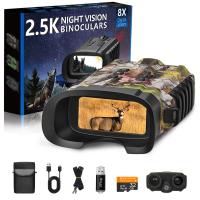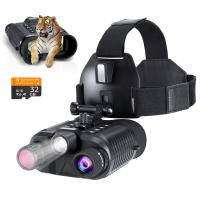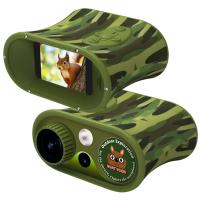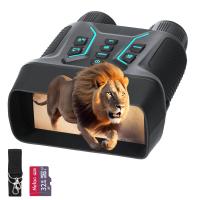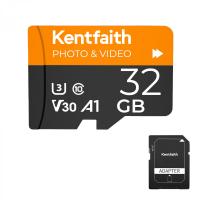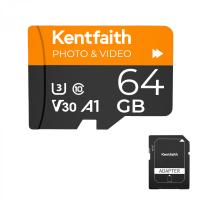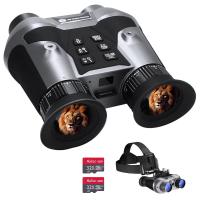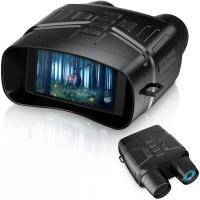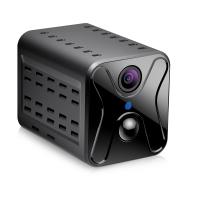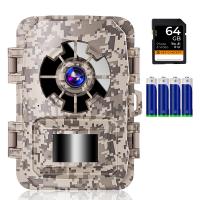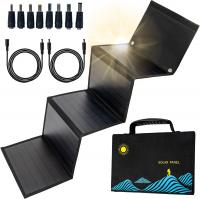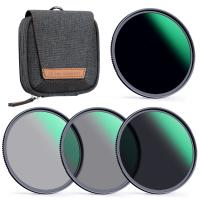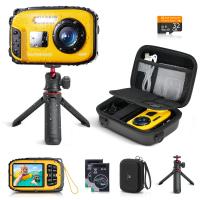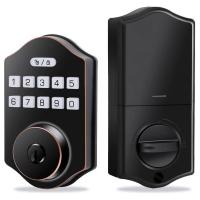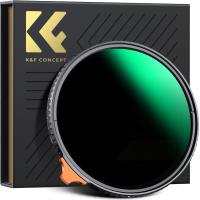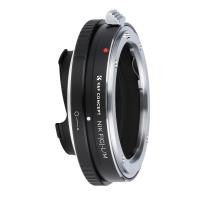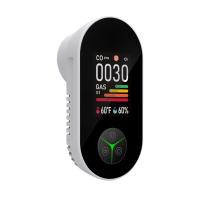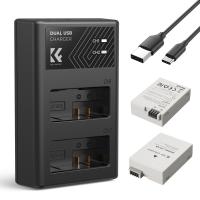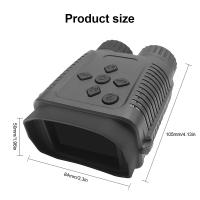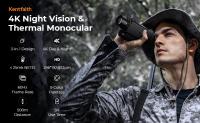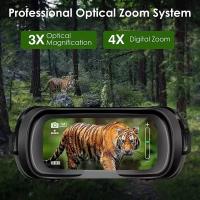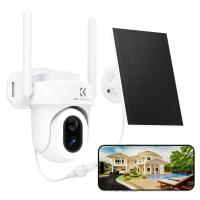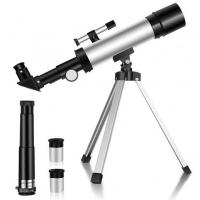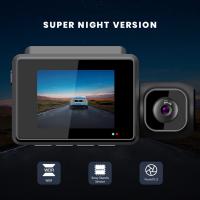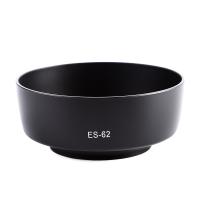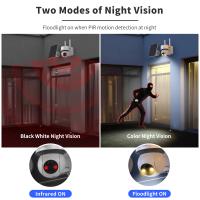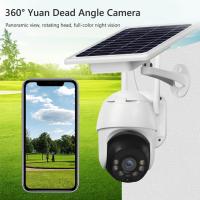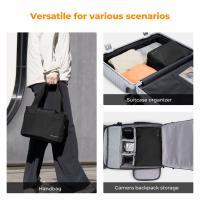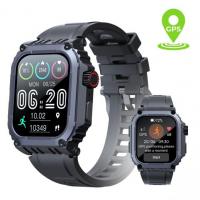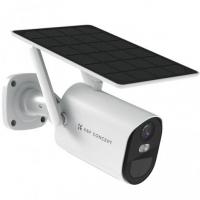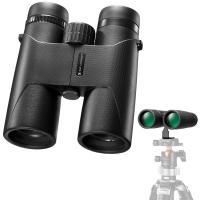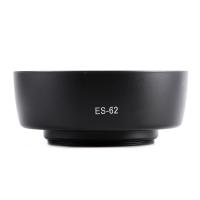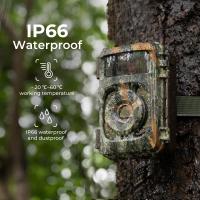What To Look For In Night Vision Goggles?
Night vision goggles (NVGs) are an essential tool for various activities, from tactical operations and wildlife observation to nighttime navigation and search-and-rescue missions. Understanding what to look for when purchasing NVGs is critical to ensuring you make an informed choice tailored to your needs. This article provides a detailed guide to help you navigate the key factors, technologies, and considerations that should influence your decision.
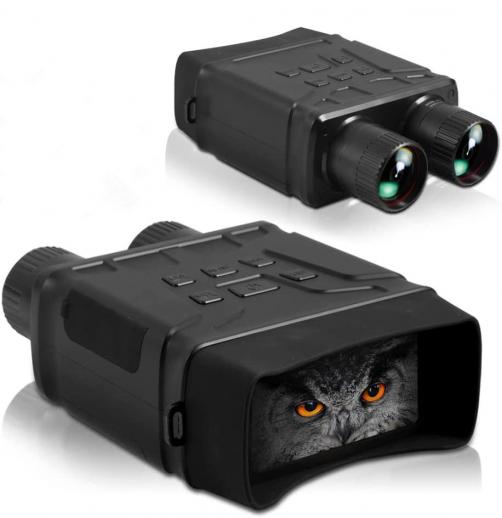
---
Understanding Night Vision Technology
Night vision technology amplifies available light to create a visible image in low-light or no-light conditions. This technology can be broadly categorized into two main types:
1. Image Intensification (I²) Technology
This is the most common type of night vision. It works by collecting ambient light (from the moon, stars, or artificial sources) and amplifying it to produce a visible image. It’s ideal for environments with at least some light, making it highly effective for outdoor use under starlit or moonlit skies.
2. Thermal Imaging
Thermal imaging detects heat emitted by objects rather than relying on ambient light. It works well in total darkness and is especially useful for detecting living organisms, even through smoke, fog, or foliage. While more expensive, it is indispensable in rescue operations and tactical applications.
---
Key Features to Consider
When choosing NVGs, it’s essential to assess several critical features that align with your intended use.
1. Generation of Night Vision
Night vision technology is classified into different generations (Gen). Each offers varying levels of performance:
- Gen 1: Entry-level, affordable, and suitable for casual users. These goggles provide basic amplification but may produce lower-quality images and have a shorter lifespan.
- Gen 2: Ideal for intermediate users, offering better clarity, extended range, and improved durability. These are common in professional and semi-professional applications.
- Gen 3: High-end goggles with superior resolution, extended operational range, and excellent performance in low-light environments. These are preferred for military, law enforcement, and advanced enthusiasts.
- Gen 4 (and higher): Premium-grade technology with enhanced sensitivity and versatility. These goggles deliver exceptional performance under extreme conditions but come with a hefty price tag.
2. Field of View (FOV)
FOV determines the width of the area visible through the goggles without moving your head. A wider FOV is advantageous for dynamic activities, such as tactical operations, as it reduces blind spots. Most NVGs offer a FOV between 40° and 60°.
3. Resolution
Measured in lines per millimeter (lp/mm), resolution determines the clarity and detail of the images produced. Higher resolution ensures sharper visuals, which is crucial for tasks that require precision, such as surveillance or wildlife observation.
4. Magnification
Magnification capabilities vary between NVG models. While most night vision goggles are designed for a 1x magnification (to maintain spatial awareness), some models include zoom functionality. If you require zoom, ensure the added magnification doesn’t compromise clarity or FOV.
5. Range
The effective range of NVGs defines how far you can see in low-light conditions. Factors such as generation, light conditions, and the presence of infrared (IR) illuminators impact this range. For example:
- Gen 1 goggles typically range from 75 to 100 yards.
- Gen 3 goggles can exceed 300 yards in optimal conditions.
---
Ergonomics and Practicality
1. Weight and Comfort
Since NVGs are often worn for extended periods, weight and comfort are critical considerations. Lightweight goggles reduce strain on your neck and enhance mobility, especially in high-action scenarios.
2. Durability
NVGs should be robust enough to withstand the environments in which they are used. Look for:
- Waterproofing for wet or humid conditions.
- Shock resistance to endure accidental drops or rough handling.
- Weatherproofing to operate in extreme temperatures.
3. Mounting Options
For hands-free use, consider NVGs compatible with head mounts or helmets. Ensure the mounting system is stable, adjustable, and comfortable to wear over long durations.
4. Battery Life
Battery life is a practical concern, particularly for extended field use. Choose goggles with longer operational hours or models that offer power-saving modes. Rechargeable or replaceable battery options are an added advantage.
---
Special Features
1. Infrared Illuminators
An IR illuminator enhances the goggles' functionality by emitting infrared light that is invisible to the naked eye but detectable by the NVGs. This is especially useful in total darkness, such as indoors or in heavily shaded areas.
2. Automatic Brightness Control
This feature adjusts the image brightness automatically to protect the user's eyes and enhance visibility when moving between varying light conditions.
3. Manual Gain Control
Gain control allows users to manually adjust the image brightness for more personalized and adaptive performance. It’s particularly beneficial in environments with fluctuating light levels.
4. Digital Night Vision
Some modern NVGs offer digital displays, combining night vision capabilities with features like recording, GPS, or augmented reality overlays. While pricier, these models provide a more versatile experience.
---
Matching the Use Case to the Features
Different applications demand specific features. Below are some scenarios and corresponding recommendations:
1. Wildlife Observation
- Recommended Gen: Gen 1 or 2
- Key Features: Wide FOV, high resolution, IR illuminator
- Other Considerations: Lightweight and portable design
2. Tactical and Law Enforcement
- Recommended Gen: Gen 3 or 4
- Key Features: Superior resolution, thermal imaging, durability, and helmet mounting
- Other Considerations: Long battery life and waterproof construction
3. Nighttime Navigation
- Recommended Gen: Gen 2 or 3
- Key Features: Wide FOV, ergonomic design
- Other Considerations: Hands-free options
4. Surveillance
- Recommended Gen: Gen 3 or Digital
- Key Features: High resolution, long-range visibility
- Other Considerations: Recording capabilities
---
Balancing Budget and Quality
The price of NVGs can vary widely, from a few hundred dollars for entry-level models to several thousand dollars for professional-grade equipment. Establishing a budget and identifying non-negotiable features will help narrow your options. While budget-friendly models like Gen 1 goggles can be sufficient for casual users, investing in higher generations ensures durability and better performance.
---
Final Tips for Purchasing NVGs
1. Research Reputable Brands
Trusted brands like ATN, Pulsar, FLIR, and Armasight have a proven track record of producing high-quality NVGs.
2. Check Reviews and Recommendations
User reviews and expert opinions can provide insights into real-world performance and durability.
3. Understand Local Regulations
In some countries, owning or exporting specific NVGs (especially Gen 3 or higher) may be subject to legal restrictions.
4. Test Before Buying
Whenever possible, test the goggles in a similar environment to your intended use. Evaluate image clarity, comfort, and operational ease.
5. Consider Warranty and Support
A reliable warranty and access to customer support ensure peace of mind after purchase.
---
Conclusion
Choosing the right night vision goggles is an investment in performance, safety, and convenience. By understanding the core technologies, assessing key features, and matching them to your specific needs, you can make an informed decision that maximizes value and utility. Whether you're a hobbyist exploring the outdoors or a professional operating in challenging environments, the right pair of NVGs will enhance your nighttime capabilities and open up a world of possibilities.

